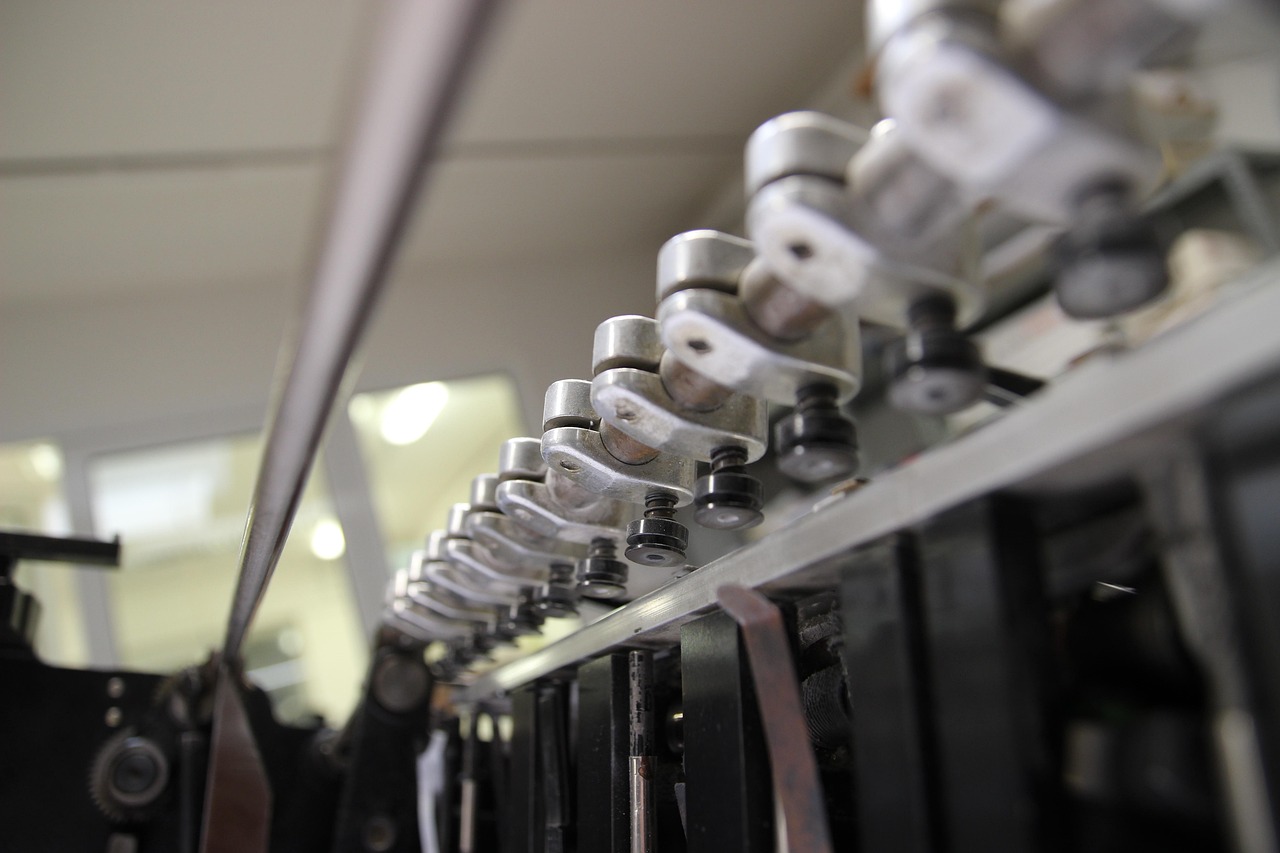In the highly competitive landscape of packaging and manufacturing, the performance of materials directly impacts product integrity and brand reputation. One increasingly popular solution is polyethylene (PE) coated paper, which offers a range of benefits for various applications. This blog post will guide you through the evaluation of PE coated paper performance, helping you make informed decisions for your product lines.
Polyethylene coating involves applying a thin layer of polyethylene to a substrate, such as paper or paperboard, enhancing its resistance to moisture, grease, and dirt. This process not only increases the durability of the paper but also enables it to be used in food-grade applications, industrial packaging, and more. In a market where sustainability and performance are paramount, PE coated paper stands out as a versatile choice for manufacturers looking to optimize their packaging solutions.
"Our PE coating process improves moisture barrier properties by over 300%, ensuring products remain protected in diverse environments." - Technical Director, Prime Colors
The applications for PE coated paper are extensive. From food packaging to protective liners, industries are increasingly leveraging its superior barrier properties. For instance, in the food sector, PE coated paper helps extend shelf life, thereby reducing waste and enhancing product appeal. By understanding how to evaluate the performance of this material, businesses can optimize their product offerings and ensure compliance with industry standards.
What Key Factors Determine PE Coated Paper Performance?
When assessing the performance of PE coated paper, several critical factors come into play:
- Moisture Resistance: One of the primary advantages of PE coating is its ability to act as a moisture barrier. Testing the moisture vapor transmission rate (MVTR) can quantify this property.
- Durability: PE coated paper is resistant to tearing and puncturing, making it ideal for demanding applications. Conducting physical tests such as tensile strength can provide insights into its durability.
- Heat Sealability: For packaging applications, the ability of the paper to be heat-sealed is essential. Evaluating this property can help determine its suitability for food and industrial uses.
- Printability: Many manufacturers require that their packaging be printed on. Testing the surface for ink adhesion and quality of print can influence marketing effectiveness.
- Environmental Impact: With growing sustainability concerns, evaluating the recyclability and biodegradability of PE coated paper is increasingly important for conscientious businesses.
To illustrate, a leading manufacturer in Gujarat switched to our PE coated paper for their food packaging line. By implementing this change, they reported a 40% increase in product shelf life, which translated into significant cost savings and enhanced customer satisfaction.
In conclusion, evaluating the performance of polyethylene coated paper involves understanding its moisture resistance, durability, heat sealability, printability, and environmental impact. Investing in high-quality PE coated paper not only improves product performance but also enhances brand reputation and customer loyalty. For businesses aiming to stay ahead in the competitive landscape of packaging and manufacturing, this evaluation is critical.
To explore how our PE coating solutions can benefit your products, Request a Technical Consultation or Download Our Spec Sheet for detailed specifications and case studies.
